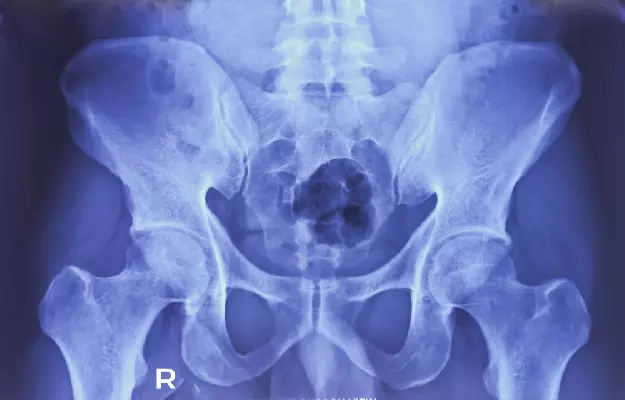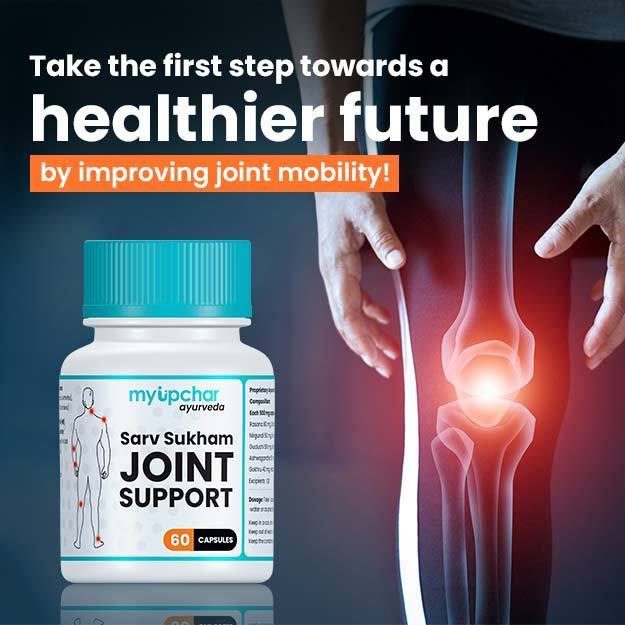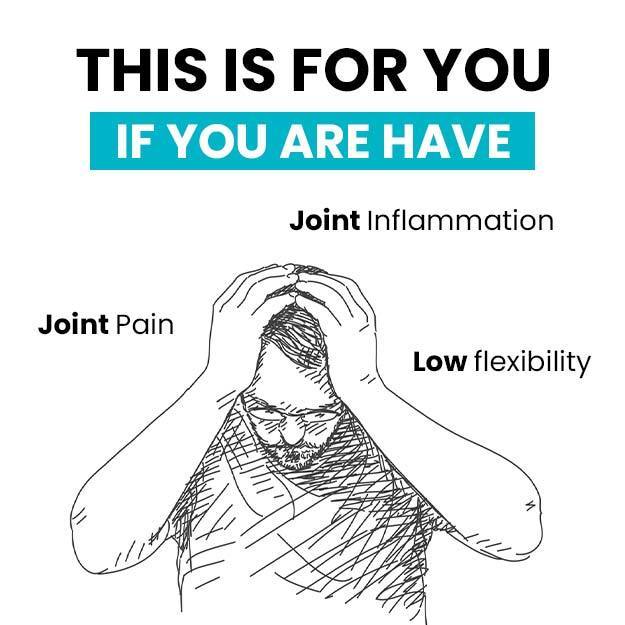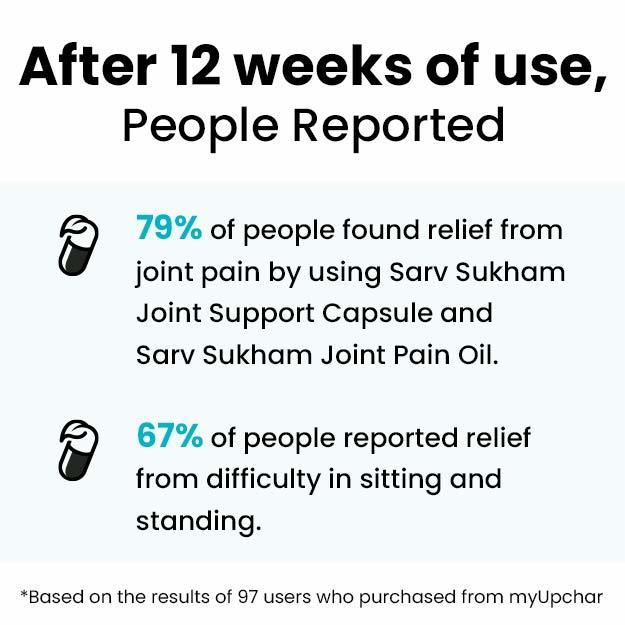Sacroiliac (SI) joint pain can be caused by osteoarthritis, injury, or other health conditions. Which may cause severe tingling or pain.
SI joint pain can cause sharp, stabbing pain. Which extends from the hips and pelvis to the lower back and thighs. Sometimes the legs may feel numb or tingling, or the legs may feel like they are bending. SI joint pain occurs in 15 to 30 percent of people with chronic low back pain.
(Read more - Joint Pain and Fever)
- What is SI Joint Pain
- Causes of SI Joint Pain
- Prevention of SI Joint Pain
- Symptoms of SI Joint Pain
- Diagnosis of SI Joint Pain
- Treatment of SI Joint Pain
- Summary
What is SI Joint Pain
The sacroiliac joints meet the sacrum and ilium in the lower back. The sacrum is a triangle-shaped bone at the bottom of the spine, just above the coccyx or tailbone. The ilium, one of the three bones that make up the hip bones, is located at the top of the pelvis.
The SI joints bear the body's weight and also distribute weight throughout the pelvis. Which act as shock absorbers and reduce the pressure on the spine.
The bones of the SI joints are unequal and fit differently. All the bones in the SI joint are connected by muscles and extra strong ligaments, which provide stability and make movement easier. The bones of the SI joints help keep the body upright. It is even necessary to give birth to a child.
The bones of the SI joints themselves are covered with a protective layer. The space between the bones of the SI joints is filled with fluid, which lubricates the bones. These bones also play a role in sending pain signals to the brain.
When the bones in the SI joint move out of place, or when the cartilage breaks and starts poking inside the bones, unbearable pain occurs.
(Read more - Difference Between Arthritis and Arthralgia)
Causes of SI Joint Pain
Inflammation of one or both SI joints is called sacroiliac joint dysfunction or sacroiliitis. Sacroiliitis can be caused by the following reasons:
- Osteoarthritis
If there is stress on the joints for too long, it can wear down the cartilage and cause osteoarthritis. As we age, osteoarthritis can affect the SI joint, spine, and other joints throughout the body.
- Swelling in Spine Joints
Ankylosing spondylitis (AS) is an autoimmune disease characterized by arthritis accompanied by inflammation. Which affects the spinal cord and joints. In addition to causing pain, AS also causes new bones to form that line the joints in the spine. Although AS primarily affects the SI joints, it can cause inflammation in other joints as well as other organs and eyes. AS is a long-term disease. There may be intermittent mild or severe pain. This disease is most commonly seen in young men.
- Gout
When uric acid increases too much in the body, gout or arthritis can occur. This disease is characterized by severe joint pain. Gout always affects the big toe first, but it can affect all joints, including the SI joint.
- Injury
The SI joint can also be injured by trauma, with injuries caused by falls and car accidents being common.
(Read more - Best Food For Joint Pain)
- Pregnancy
Relaxin, a hormone released during pregnancy, makes the SI joints more flexible. This widens the pelvis to make childbirth easier. The increase in mother's weight during pregnancy and the increased movement of the body in response to the weight of the baby can cause pain in the SI joints. Pregnant women who experience pain have a higher risk of developing arthritis in the SI joints, and the risk increases over time during pregnancy.
- Walking Pattern
Abnormal gait can cause SI joint pain. People walk abnormally due to problems such as leg length discrepancy, joint fusion of the knee, hip or ankle, or a crooked leg due to pain. By correcting these problems, SI joint pain goes away.
(Read more - Tips For Healthy Joints)
Prevention of SI Joint Pain
Some cases of SI joint pain cannot be prevented, as they are caused by other chronic conditions. Yet staying fit and active can help avoid joint pain, exercise and adopting a healthy lifestyle can reduce SI joint pain. It would be best if body weight is always controlled.
(Read more - Top 10 joint pain relief oil)
Symptoms of SI Joint Pain
SI joint pain may present with different symptoms for each person. Some common symptoms are:
- lower back pain
-
Pain in buttocks, hips and pelvis
-
back ache
-
pain only in si joint
-
pain when sitting or standing
-
pelvic stiffness or burning
-
numbness
-
pain in thighs and upper legs
(Read more - Knee Pain: symptoms, causes, treatment)
Diagnosis of SI Joint Pain
SI joint pain can sometimes be difficult to diagnose because the joints are located deep in the body. Often, joint damage does not show up on imaging tests such as X-ray, MRI or CT scan. The symptoms of an inflamed SI joint are similar to those of conditions like bulging discs and hip arthritis.
The doctor may try the following measures to test SI joint pain:
1. Physical examination – The doctor may ask you to move and stretch in different ways to help them find where you are experiencing pain.
2. Numbing medications – If injecting a numbing medication, such as lidocaine, into the SI joint relieves the pain after a short time, you probably have a SI joint problem.
Treatment of SI Joint Pain
-
Therapy, Exercise, and Care
Therapy, exercises like yoga, and massage can help stabilize and strengthen the SI joints and reduce pain. Cold packs can be used to get relief from pain. To reduce the pain, heating pads or heat wraps can be used so that the joints feel warm, especially in the winter season. Both heat and cold can reduce joint pain. You can also wear a sacroiliac belt to support the SI joint, which can help reduce pain.
- Medication and non-surgical treatments
These include:
- anti-inflammatory medications, such as aspirin, ibuprofen, and naproxen
-
muscle relaxants
-
oral steroids
-
Tumor necrosis factor inhibitors (TNF inhibitors).
-
corticosteroid injection into the joint
-
Radiofrequency ablation, which disables the nerves that cause pain.
- Surgery
Surgery is a last resort for sacroiliac joint replacement, in which small plates and screws are inserted to hold the bones together in the SI joint. If the pain is chronic and the pain is not being relieved by any other means, the doctor may suggest surgery. The pain can be reduced by mobilizing the SI joints but this may slightly reduce the speed of walking.






















